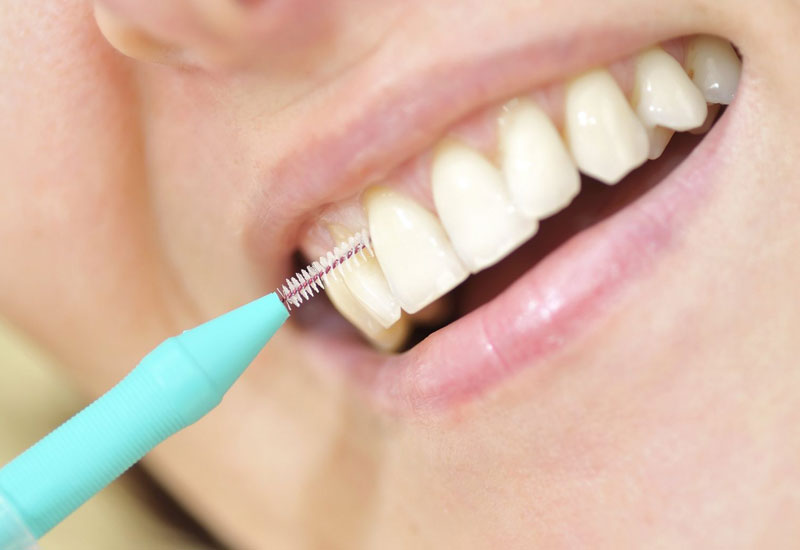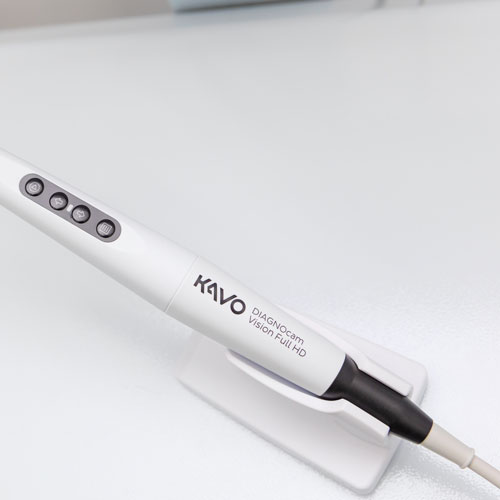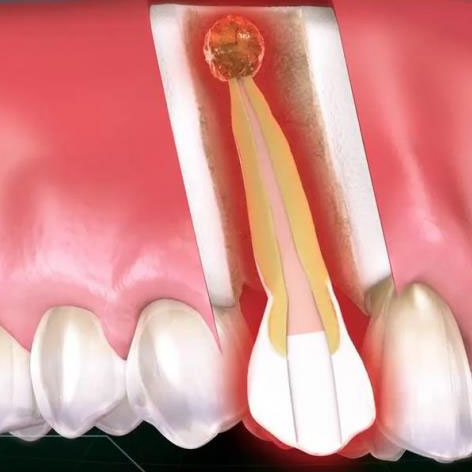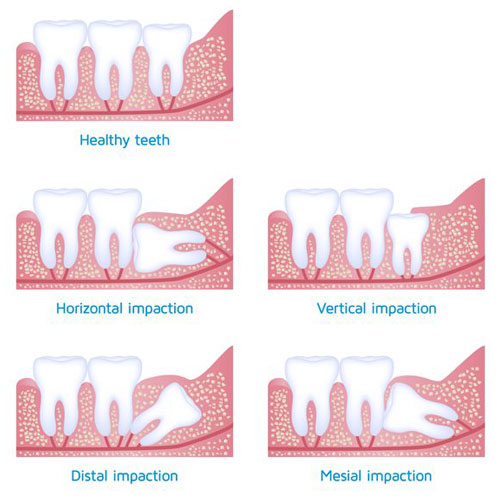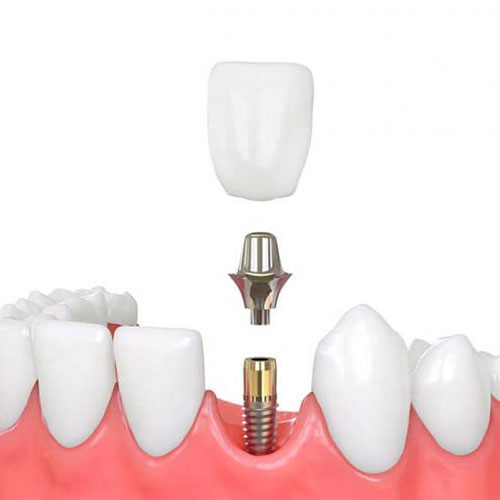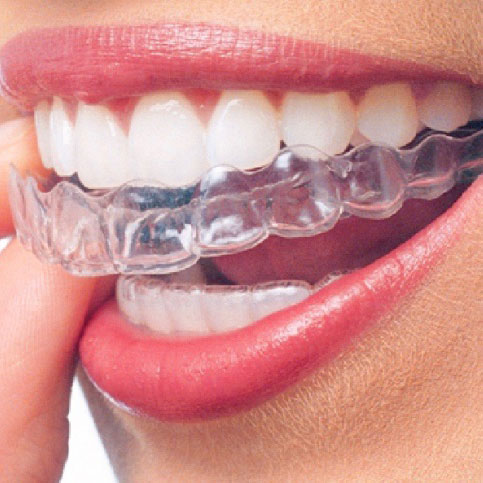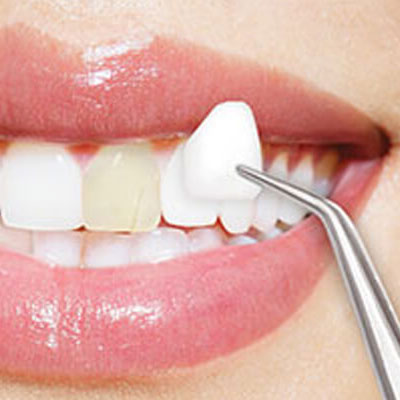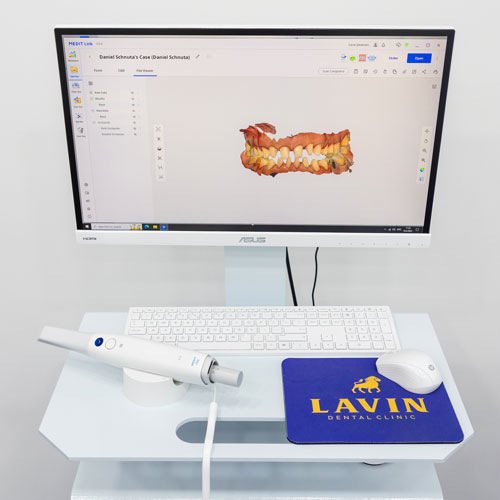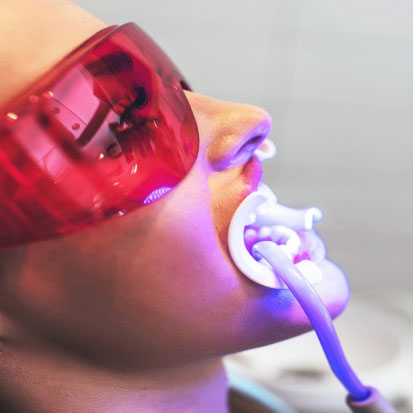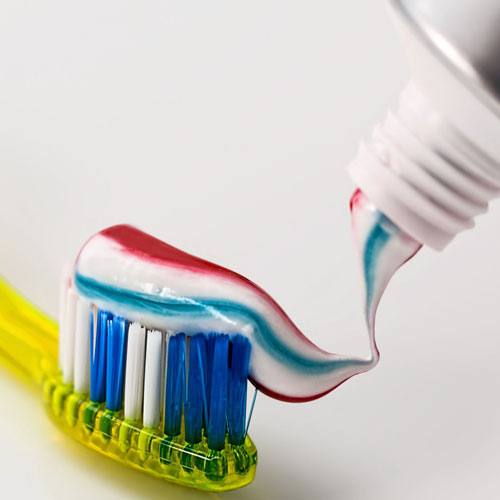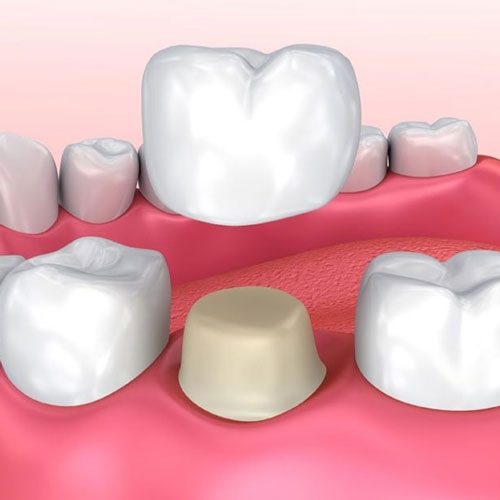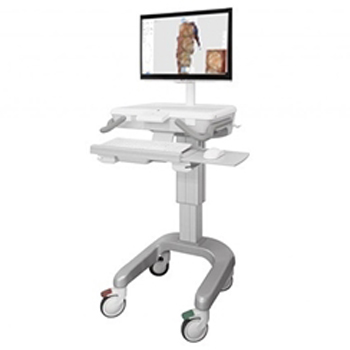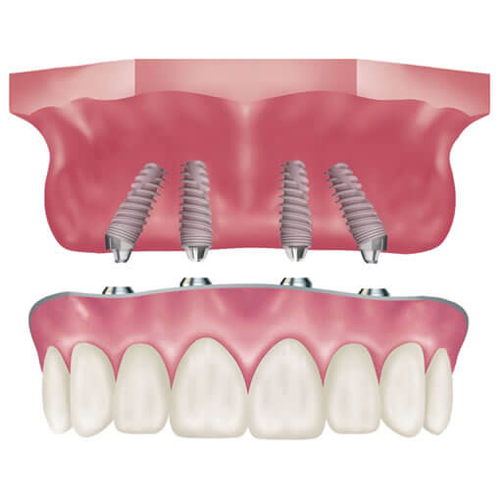Blog
Interdental brushes instead of dental floss
Regular and proper tooth brushing is the only way to prevent the development of both tooth decay and gum disease. By brushing your teeth, you remove food particles, plaque, and bacteria from the tooth surface, which are direct causes of tooth decay and periodontal diseases.
What is included in your oral hygiene maintenance set?
Toothbrush, toothpaste, dental floss?
This trio has become part of the daily routine and can be found in almost every bathroom. However, an increasing number of bathroom shelves hide something completely different - extremely small brushes in various colors - interdental brushes.
What distinguishes interdental brushes is their small head and very small, thin bristles that can reach between the teeth and access the spaces, regardless of whether the gaps between the teeth are larger or smaller. They are available in different sizes.
Dental floss can be used for cleaning the front teeth in case of tight spaces. However, all other teeth have anatomical shapes that make it impossible for dental floss to reach the spaces between them, resulting in inadequate cleaning.
Interdental brushes are easy to use and clean the teeth gently without causing injury, while dental floss often leads to gum injuries. These gum injuries can result in infection, as they provide an ideal environment for bacterial growth.
Interdental brushes are ideal for maintaining oral hygiene in patients who wear fixed orthodontic appliances or have extensive dental restorations that require extra attention during cleaning.
In the majority of cases, patients only use a basic toothbrush and toothpaste, unaware that they have only cleaned about 70% of the tooth surface. The remaining 30% represents the surfaces between the teeth, which are equally important.
Only clean teeth are healthy teeth.Visit your dentist every six months.



